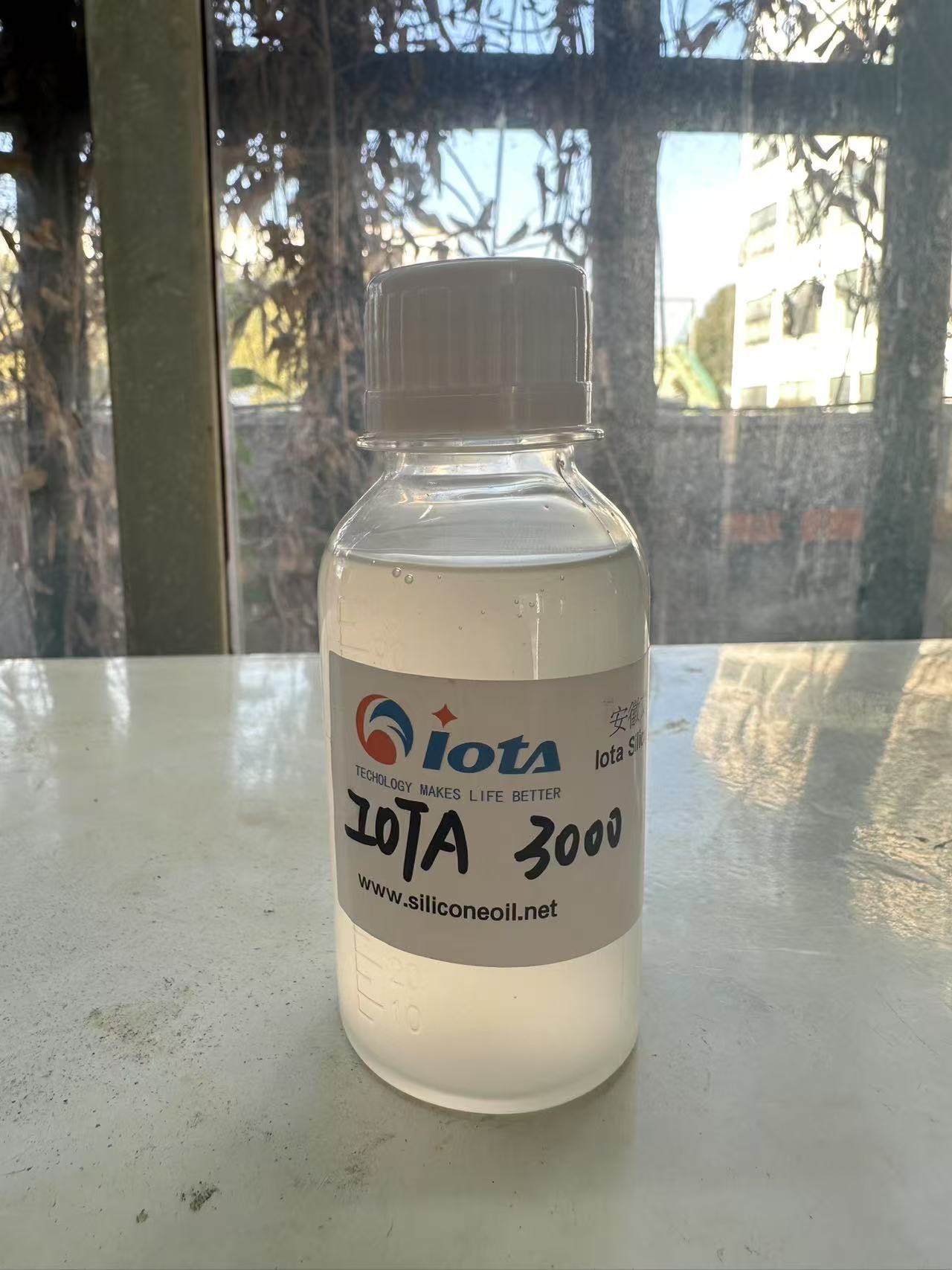
3. Application scenarios: "Smooth Revolution" from industry to consumer products
1. Industrial coatings and automotive coatings
Automobiles, home appliances, and metal anti-corrosion coatings have extremely high requirements for surface flatness. Silicone leveling agents can reduce the problem of uneven atomization during spraying and improve the weather resistance and scratch resistance of the paint film. For example, in electrophoretic coatings, leveling agents help the paint film to evenly cover the surface of complex workpieces to avoid missing corners.
2. Wood and furniture coatings
Wood coatings need to level quickly at high viscosity while avoiding "sinking" at the pores of the wood. Silicone leveling agents can fill pores and form high-gloss surfaces by adjusting rheological properties. They are widely used in PU paints for solid wood floors and high-end furniture.
3. Printing inks and packaging materials
In plastic film and paper printing, leveling agents can reduce "pinholes" and "flying ink" phenomena and improve pattern clarity. For example, after adding leveling agents to the ink of food packaging films, the colors are brighter and the adhesion is stronger, while meeting food safety standards.
4. Electronic and optical coatings
In high-end applications such as anti-fingerprint coatings for mobile phone screens and anti-reflective films for photovoltaic glass, leveling agents help nano-scale coatings form films evenly. In photoresist processes, leveling agents can even affect the accuracy of micron-level lines.
5. Daily chemicals and cosmetics
Organic silicone leveling agents (such as cyclopentasiloxane) in nail polish and skin care products can improve the smoothness of film formation, avoid agglomeration or uneven application, and give the product a "velvety touch".
4. Unique advantages of organic silicone leveling agents
Compared with traditional leveling agents (such as acrylates and fluorocarbons), organic silicone leveling agents have the following advantages:
High efficiency: extremely low addition amounts (0.05%~1%) can significantly improve the leveling effect.
Versatility: It has auxiliary functions such as defoaming, anti-sticking, and slip enhancement.
Temperature resistance: Siloxane has a stable structure and is suitable for high-temperature curing systems (such as coil coatings).
Environmental compatibility: It does not contain VOC (volatile organic compounds) and is suitable for green systems such as water-based, UV, and powder coatings.
Typical cases:
In water-based wood paints, traditional leveling agents are prone to shrinkage due to high surface tension, while silicone leveling agents quickly cover defective areas through "directional migration", which increases the one-time molding pass rate of the coating to more than 95%.
V. Challenges and future trends
Despite its excellent performance, silicone leveling agents still face some challenges:
Compatibility limitations: Excessive addition may lead to decreased adhesion between coatings.
Foam stabilization risk: Some structural leveling agents may stabilize bubbles and need to be used in combination with defoamers.
Future development directions focus on:
Water-based and bio-based: Develop degradable silicone leveling agents suitable for water-based coatings, such as plant-derived silanes.
Intelligent response: Design temperature-sensitive or pH-responsive leveling agents whose leveling effect can be automatically adjusted with the environment. For example, in 3D printing photocurable resins, leveling agents are activated under specific wavelengths of light to accurately control interlayer leveling.
Nanocomposite technology: Combine nano-silica with silicone to prepare additives with both leveling and wear-resistant enhancement functions for high-end electronic coatings.
Digital formulation: Predict the interaction between leveling agents and different resin systems through AI simulation to shorten the formulation development cycle.
Conclusion
Although hidden in the trace ingredients of the formula table, silicone leveling agents have shaped the smooth aesthetics and practical value of modern industrial and consumer products with their "four ounces to move a thousand pounds" power. From the brilliance of car paint to the ultimate touch of mobile phone screens, its existence makes "flatness" no longer a process problem, but a scientific art that can be precisely controlled. With the interweaving of material innovation and environmental protection needs, this field will continue to break through boundaries and inject more possibilities into surface engineering.
